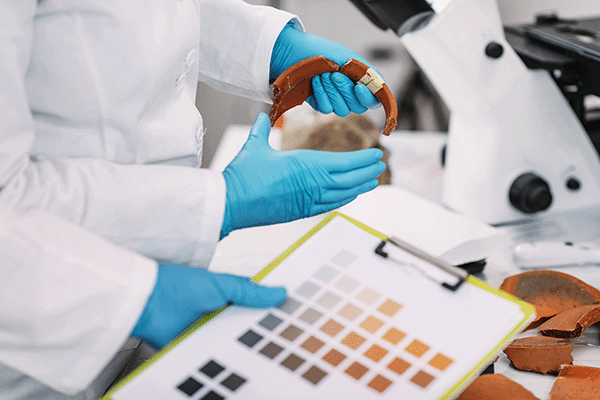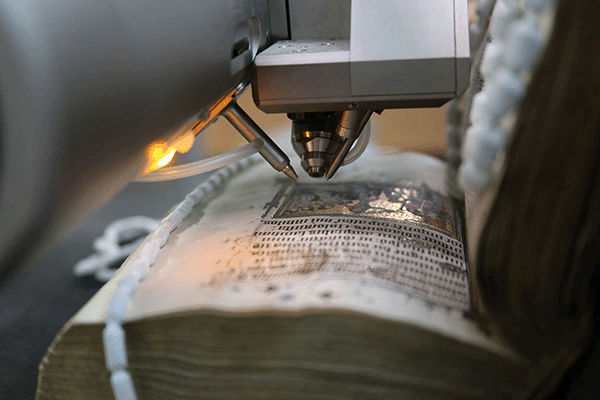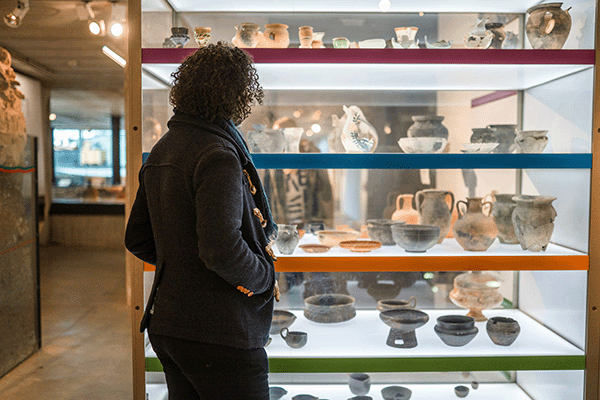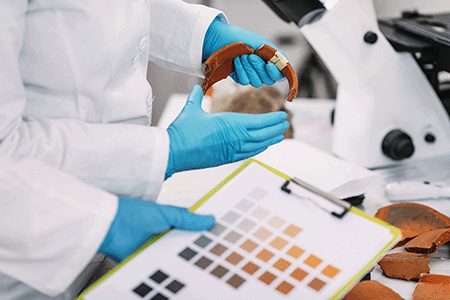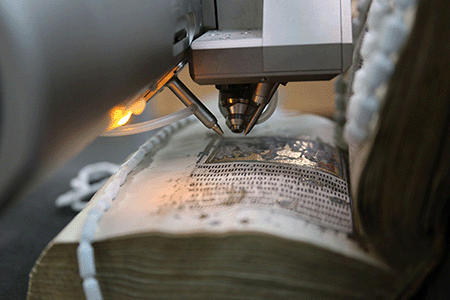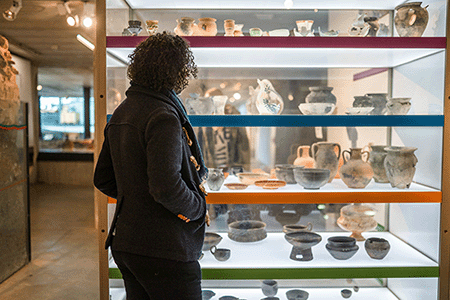Organisation: University of Bradford
Principal investigator: Catherine Batt
Project overview
The study of landscapes has traditionally been divided between the land and sea, creating an artificial barrier that restricts research into submerged and near coastal areas. Additionally, archaeological landscapes are increasingly compromised by human development and climate change, putting them at risk especially in wetland and marine contexts where exploration has been limited.
The University of Bradford has played a unique role in land and marine analysis and heritage research, leveraging techniques and approaches in AI technologies that has led to significant advances in our understanding of key points in human history such as the transition from mobile hunter gatherers to settled farming communities in both terrestrial and submerged landscapes. The new Submerged Landscape Archaeology Facility aims to utilise agile, transportable equipment to rapidly characterise and interpret these complex landscapes before they are lost.
Project purpose
This project aims to establish the Submerged Landscape Archaeology Facility which will deploy cost-effective, agile prospection technologies to swiftly investigate diverse environments within the UK. This initiative will enhance researchers’ ability to gather data on previously inaccessible landscapes and will facilitate ethical and sustainable development practices.
By fostering collaborations among researchers, this new facility will address critical questions in heritage science and will strengthen the UK’s leadership in heritage science and landscape archaeology. This project will promote a broader understanding of the significance of submerged landscapes, the threats they face and the need for sustainable development both nationally and internationally.
Project impacts
This project will deliver cutting-edge tools and expertise through the newly established Submerged Landscape Archaeology Facility. This facility empowers rapid response to changing conditions driven by infrastructure development and climate change, facilitating comprehensive exploration of submerged and near coastal landscapes.
By fostering international partnerships and enhancing knowledge transfer, this facility will strengthen global conservation efforts and establish a pioneering network of submerged landscape research, solidifying its role as a leader in heritage science and landscape archaeology.

© Dr S Dockrill, University of Bradford

